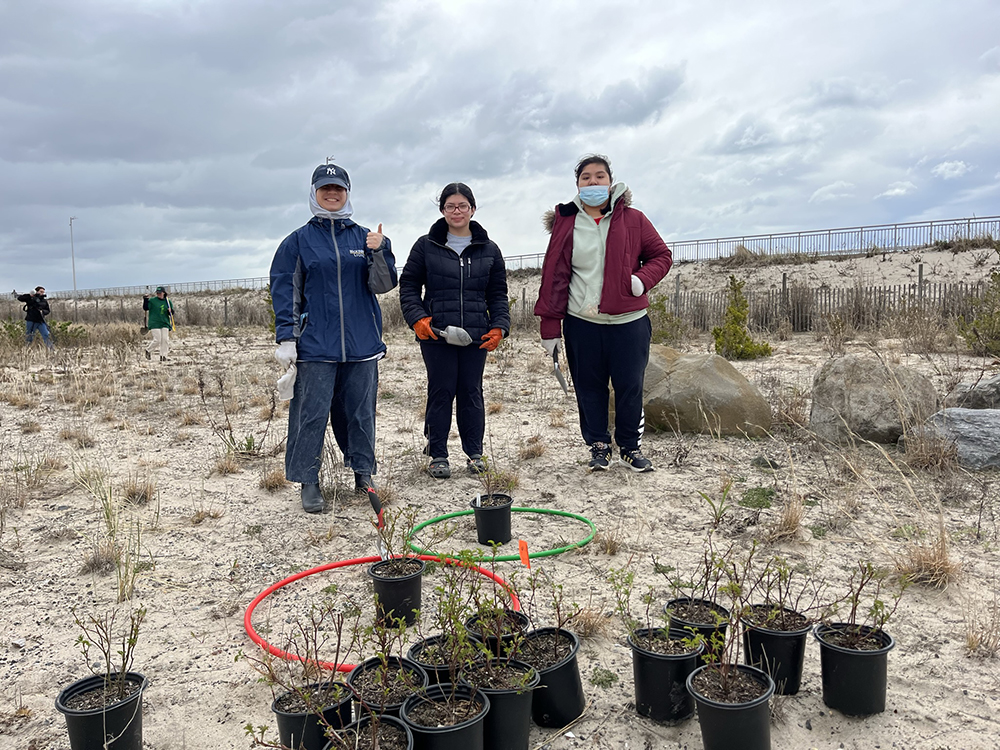Mystery Solved

Peter Galvin, MD
The thymus gland, located in the central chest behind the sternum, or breastbone, and directly in front of the heart (anatomically in the anterior superior mediastinum), had for many centuries been considered an anatomical remnant, much like the appendix, and a graveyard for dying cells. Almost 2,000 years ago, Galen of Pergamon called it “the seat of the soul,” and more recently, in 1961, Nobelist Sir Peter Medawar deemed it to be “an evolutionary accident of no great significance.” Yet in that same year, 1961, Jacques Miller discovered that the thymus “regulates lymphocyte [white blood cell] production.” For decades, routine removal of the thymus (thymectomy) was performed during open heart and lung procedures (cardiothoracic surgery), both in infants and adults.
The thymus is unique among endocrine glands in that it is the only gland that atrophies, or shrinks, with age. This is called involution, and it begins in late childhood. Recent research has shown that the thymus is critical for normal development of the immune system, especially in infants. Infants who undergo thymectomy have reduced T-cell levels (the “T” stands for thymus-cell), which are a line of white blood cells vital for fighting infections, and these reduced T-cell levels never recover to normal. Immature white blood cells in the thymus are called thymocytes. Research has also shown that people who have undergone thymectomy have high rates of autoimmune diseases, especially myasthenia gravis.
A few months ago, a landmark study was published in “The New England Journal of Medicine.” It was done at Mass General and Harvard Hospitals and it compared rates of death, disease, cancer, and immune function in patients who had undergone thymectomy during cardiothoracic surgery against a control group who had the same surgeries without thymectomy. The results were startling. They found that in those who had undergone thymectomy, there was an increased rate of death from any cause and an increased rate of cancer. There was also an increased risk of autoimmune disease, and T- cell levels remained lower than those of the control group, even at five years post-op. Plus, the thymectomy group had significantly higher levels of circulating inflammatory markers (cytokines, interleukin-23 and -33, thrombopoietin, and thymic stromal lymphopoietin). The levels of these inflammatory markers were 10 times higher than those in the control group!
Taken together, this data offers convincing proof that the thymus contributes to new T-cell production in adulthood and to the maintenance of adult human health. The disruption of homeostasis caused by thymectomy is sufficient to adversely affect critical health outcomes, which means that the adult thymus remains functionally important even though it atrophies, on involutes, with age. The authors concluded that their results strongly suggest that, when possible, preservation of the thymus during surgery should be a clinical priority. It also offers proof that the thymus is nothing like the appendix, which is still considered an evolutionary vestige and was often removed during abdominal surgeries for non-appendix related issues (called incidental appendectomy).
Please direct questions and comments to editor@rockawaytimes.com


